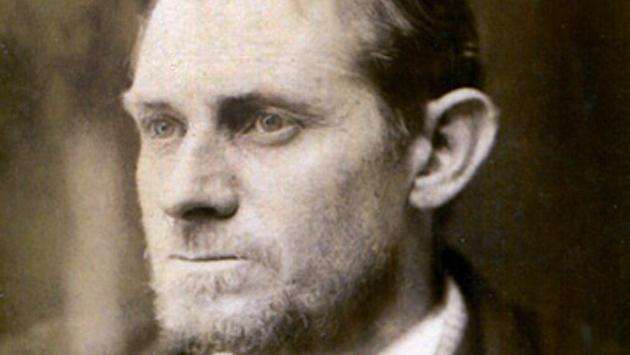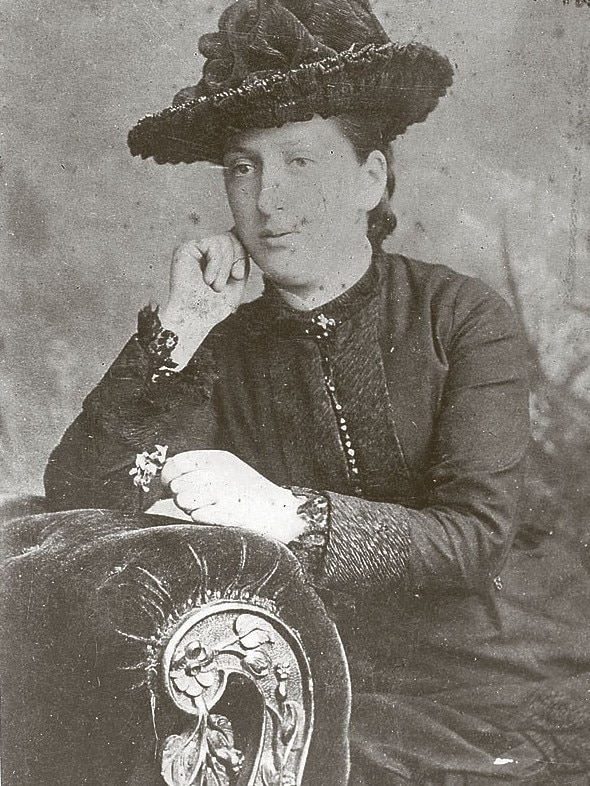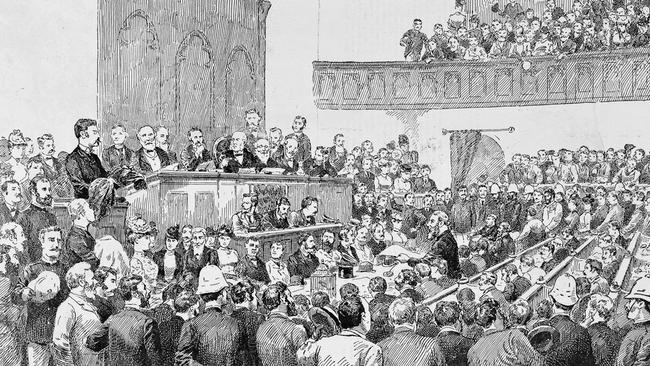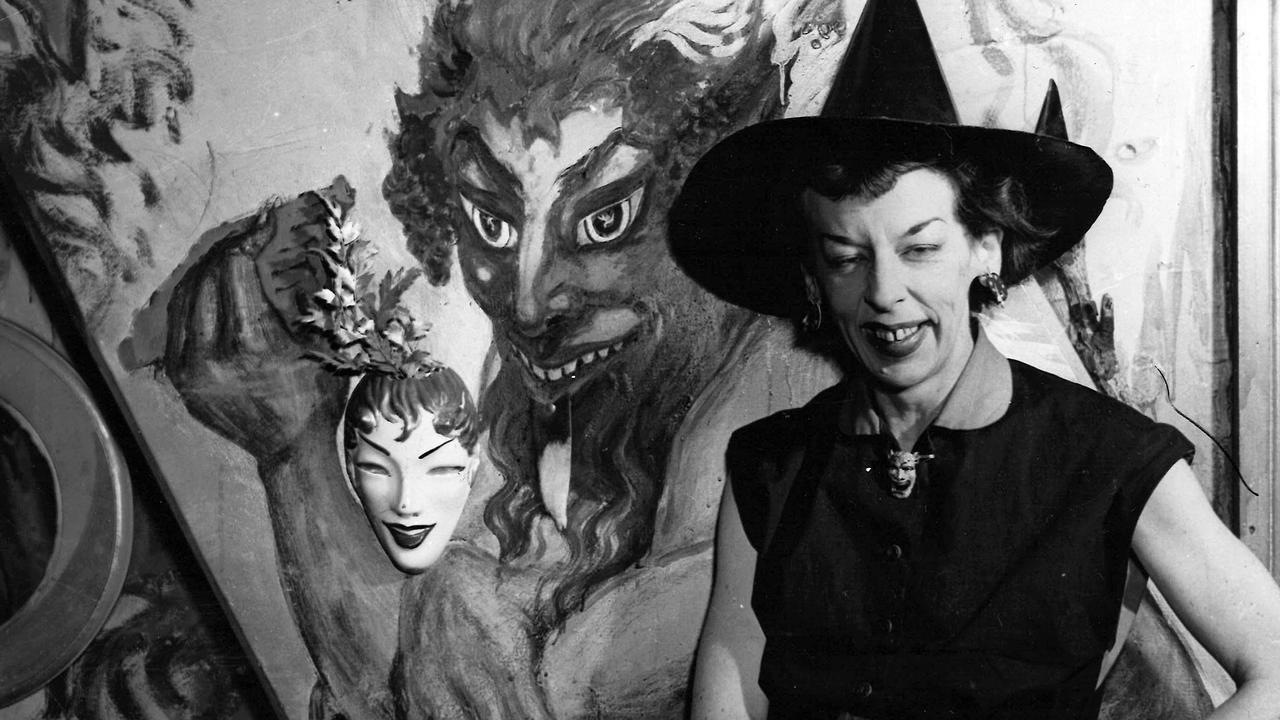Was Melbourne killer Frederick Deeming really Jack the Ripper?
A serial killer who slaughtered his wife in Melbourne became a prime suspect in one of history’s greatest murder mysteries.

In Black and White
Don't miss out on the headlines from In Black and White. Followed categories will be added to My News.
It’s a mystery that has divided crime experts for 130 years: could serial killer Frederick Deeming have been Jack the Ripper?
Now Victorian crime historian Deb Robinson has pieced together the globetrotting movements of Deeming – under 15 aliases – to shed new light on the mystery.
To hear the full story, listen online to today’s new episode of our free weekly In Black and White podcast on Australia’s forgotten characters (no subscription needed):
Deeming brutally killed his wife and four young children in England in 1891, buried them in a grave he dug under the kitchen floor, and laid concrete over the top.
He quickly remarried, and brought his new wife, Emily Mather, to Melbourne.
Ms Robinson said Deeming visited a local ironmonger and bought a spade, a soil tin and cement to be delivered urgently to their Windsor house, but he vanished soon after.
A few months later, a prospective tenant being shown around the home noticed a pungent smell.
“That prospective tenant was a lady by the name of Marie Hewitt, who would spend the rest of her life in a lunatic asylum after the finding of the body,” says Ms Robinson, general manager of Geelong Gaol Museum.
Emily’s decomposing body was found buried under freshly laid cement beneath the hearthstone in a bedroom.

Deeming, already engaged to yet another young woman, was tracked down in Western Australia.
Once authorities connected the dots, Deeming’s secret life of crime unravelled, including the five murders in the UK.
Crime experts have long hypothesised that Deeming, who was hanged at Melbourne Gaol in 1892, was Jack the Ripper, the unidentified serial killer who terrorised London.

But Ms Robinson believes the theory doesn’t stack up because his movements can be traced to Australia and South Africa at the time of the Whitechapel murders.
However, Deeming seemed happy to enjoy accusations in the English press that he was responsible for the Jack the Ripper murders that horrified England a few years earlier, and didn’t deny it.
“I think Deeming just went with it,” Ms Robinson says.
“It was anything for publicity with this man. He liked being in the public eye.
“There were some rumours that he was in Whitechapel at the time. I don’t believe he was.
“Somehow, I think he would be kind of stoked that we are all still talking about him 130 years after his death.”
To learn more, listen to the interview in the In Black and White podcast on Apple Podcasts, Spotify or web.
See In Black & White in the Herald Sun newspaper Monday to Friday for more stories and photos from Victoria’s past.




